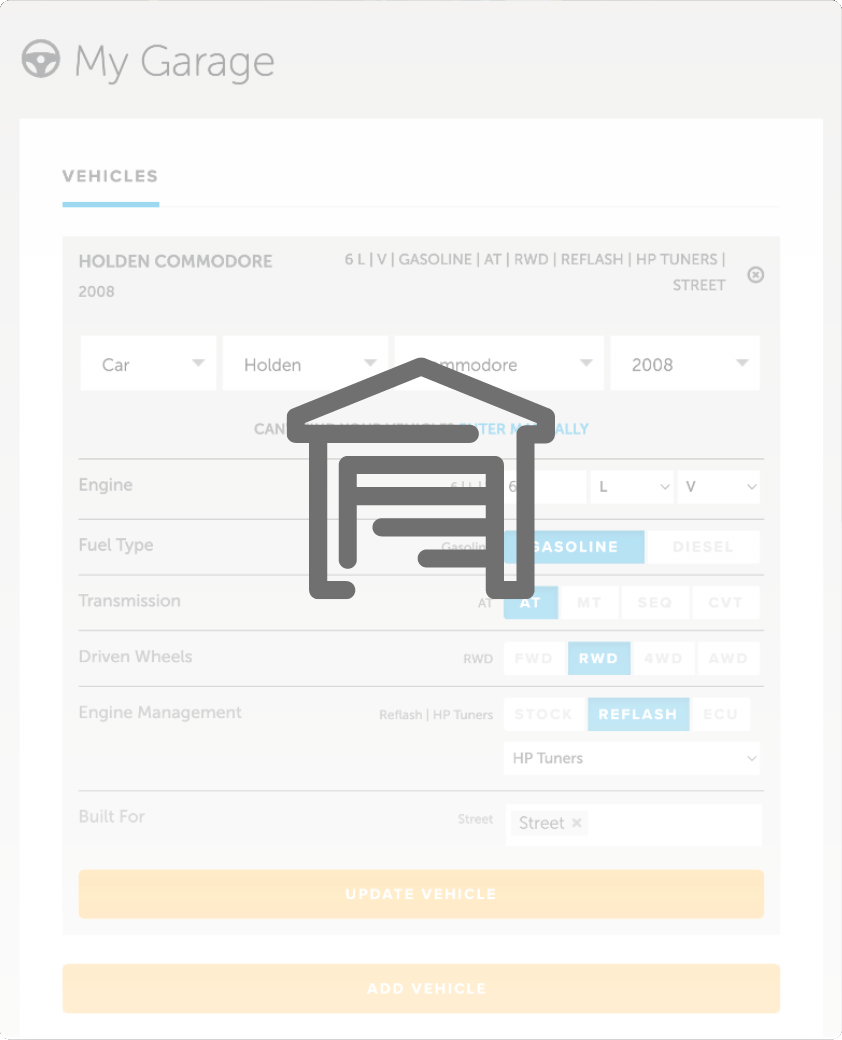| 00:00 |
In this module, we're going to look into how an automatic transmission shifts gears, because while a manual gearbox is quite simple in how it works, there's quite a bit more going on in an automatic.
|
| 00:10 |
In a typical single-clutch manual transmission, we accept the fundamental rule that while many gears are matched at all times, only a single gear ratio can be engaged and transmit torque from engine to transmission output at a time.
|
| 00:26 |
This is regulated by the physical construction of the gearbox, preventing the user from selecting two gears at once, unless a mechanical fault or an installation error occurs.
|
| 00:37 |
In a typical auto manual valve-bodied automatic transmission, the hardware can shift between any two gears and it can gauge multiple items at once.
|
| 00:47 |
For example, the transmission can shift from eighth gear to first gear without going through the others in and it can do so very quickly.
|
| 00:56 |
That doesn't necessarily mean we'd want that to happen while driving at highway speed though, because a sudden severe change in gear ratio could cause the engine to mechanically over-rev.
|
| 01:07 |
When I refer to engaging multiple items at once, this is used to achieve desired gear ratios.
|
| 01:13 |
When working with a reflash system, you generally don't have to worry about determining which items need to be actuated to engage each ratio, because it's already been set up by the OEM.
|
| 01:24 |
If you're setting up a standalone system from scratch, it is critical to avoid engaging the wrong combination of components to avoid transmission or engine damage.
|
| 01:36 |
Some standalones may offer pre-configured settings for these items.
|
| 01:40 |
Some do not or may not include your particular transmission.
|
| 01:45 |
Again, factory service manuals come in handy if you need to figure out which TCM outputs are used to achieve each gear ratio.
|
| 01:54 |
As clutches disengage and others engage during a shift, the timing of these events is also very important for safety and reliability as well as drivability and comfort.
|
| 02:07 |
Not to worry though, we'll be looking at how to stay out of trouble, as well as highlighting certain settings to be careful with during the process.
|
| 02:15 |
The situation we're generally looking for involves a reduction in pressure on the clutch and braking components associated with the off-going gear, which is the gear we're shifting out of, and an increase in pressure on the clutch and braking components associated with the ongoing gear, which is the gear we're shifting into.
|
| 02:35 |
For clarity, shifts switching from lower to higher gears will be referred to as upshifts.
|
| 02:42 |
When we say this, we're referring to the gear number, perhaps a shift from first to second gear.
|
| 02:48 |
Shifting in the other direction, from higher to lower gears, will be referred to as downshifting.
|
| 02:54 |
Depending on driving behavior or an up and downshift, the transmission control module may demand a change in engine behavior to help the transmission shift more smoothly or reliably.
|
| 03:07 |
Up or down shifts that occur while the driver is not pressing the accelerator are referred to as undriven shifts.
|
| 03:15 |
Up or down shifts occurring while the driver is pressing the accelerator pedal are called driven shifts.
|
| 03:21 |
For example, if the vehicle is being operated at 50% throttle and an upshift is requested, this would be a driven upshift.
|
| 03:30 |
That covers the basics of the shift process.
|
| 03:33 |
Before we get into the details of why driven and undriven shifts are handled differently in the next module, let's review what we've learned so far.
|
| 03:41 |
Unlike single clutch manual transmissions that can't be put in two gears at once unless something is terribly wrong mechanically, many automatic transmissions have to engage multiple clutches and components at once to achieve specific gear ratios during perfectly normal operation.
|
| 03:58 |
The potential to engage many things at once does need to be respected to avoid engaging the wrong combination of components at the same time, but we'll provide you with knowledge and warnings to help avoid this.
|
| 04:13 |
Upshifts go up in gear number, down in gear ratio, and decrease engine RPM for a given vehicle speed.
|
| 04:20 |
Downshifts go down in gear number, up in gear ratio, and increase engine RPM for a given vehicle speed.
|
| 04:28 |
The key difference between driven and undriven shifts is whether the engine is applying positive torque to the transmission at the time of shift or not.
|
| 04:38 |
Now, that we've covered some basics of the shift process, let's get into how the transmission control module integrates with the engine control module.
|
| 04:46 |
As you'll see, they work together to achieve shifts with the optimal compromise of performance, efficiency, feel, and component protection.
|





